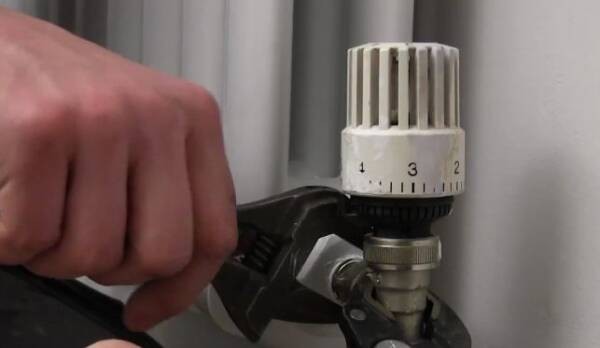A leaking radiator pipe can be a homeowner’s nightmare, leading to water damage, inefficient heating, and costly repairs. This guide provides a detailed overview of radiator pipe leaks, covering common causes, effective fixes, and preventative measures to keep your heating system running smoothly.
Identifying the source of the leak is the first step. Common culprits include:
- Leaking Radiator Valves: Often caused by worn-out spindle packing, a leak at the valve is usually indicated by dripping water when the valve is in a mid-open position.
- Damaged Spindle: The spindle, connecting the pipework and radiator, can leak if damaged. Tightening the gland nut or applying PTFE tape can often resolve this issue.
- Corroded Radiator Body: Rust and sludge buildup inside the radiator can lead to pinhole leaks, often requiring radiator replacement.
- Leaking Pipe Joints: Compression valves connect pipes to radiators. A leak here might be fixed by tightening the valve or replacing the olive inside the coupling.
- Leaking Gland: A leak under the valve’s plastic cap (the gland) can often be fixed with PTFE tape.
Fixing a Leaking Radiator Pipe
Before starting any repair, prepare the area by placing towels and a bucket to collect water. Turn off the heating system to avoid burns. Depending on the source of the leak, different solutions apply:
1. Leaking Valve:
- Drain the system below the leak point.
- Close the supply and lockshield valves.
- Loosen the union nut connecting the pipe and radiator.
- Drain remaining water from the radiator.
- Apply PTFE tape to the valve tail.
- Re-tighten the union nut and open valves.
- Bleed the radiator to remove air.
2. Damaged Spindle:
- Tighten the gland nut. If the leak persists:
- Drain the system.
- Apply PTFE tape to the spindle.
- Re-tighten the gland nut.
3. Corroded Radiator:
- For feed and expansion tank systems, use a plastic resin sealant as a temporary fix. Do not use this in sealed systems.
- Replacement is often necessary. Consider installing a rust inhibitor after replacing the radiator.
4. Leaking Pipe Joint:
- Tighten the valve with a spanner. If the leak continues:
- Drain the system.
- Undo the nut at the leaking joint.
- Apply PTFE tape to the olive.
- Re-tighten the nut.
5. Leaking Gland:
- Turn off the valve and lockshield valve.
- Remove the plastic cap.
- Unscrew the gland nut.
- Wrap PTFE tape around the spindle and push it into the valve body.
- Apply silicone grease to the tape and re-tighten the gland nut.
- Replace the plastic cap.
Preventing Radiator Pipe Leaks
Regular maintenance is crucial for preventing leaks:
- Frequent Inspections: Visually check for rust, corrosion, and moisture. Listen for unusual noises.
- Bleed Radiators: Remove trapped air annually.
- Clean Radiators: Regularly dust and remove debris.
- Check Connections and Valves: Ensure they are tight and seals are intact.
- Maintain Proper Pressure: Monitor boiler pressure and top up water levels as needed.
- Use Anti-freeze: In cold climates, use antifreeze to prevent freezing.
- Professional Maintenance: Schedule annual inspections by a qualified technician.
When to Call a Professional
While some leaks can be fixed with DIY methods, it’s important to know your limits. If you’re unsure about any step or the leak persists after attempting repairs, consult a qualified plumber. Ignoring a leak can lead to significant damage and costly repairs.
A leaking radiator pipe doesn’t have to be a disaster. With proper knowledge and preventative maintenance, you can keep your heating system running efficiently and avoid costly repairs. This guide provides the information you need to address radiator pipe leaks effectively and proactively.


